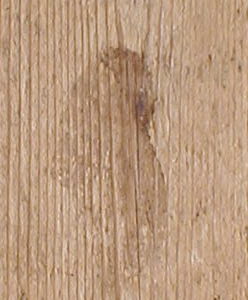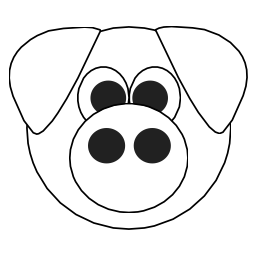Writers’ Ways 11: Plagiarism

Oh My Goodness, what are we getting into?
The picture introducing Writers’ Ways 11 has all sorts of ‘goodies’. There’s a package of interesting looking books. Are they notebooks, diaries filled with secrets? There are also photos, but whose are they? And some postcards, whose is the writing on those?
Look at these goodies and think about the last sentence of Writers’Ways 10: Editing about copyright.
You need to pay attention to your work, and how you share the work of others, to avoid ‘plagiarism’.
Plagiarism
What, you may well ask, is that? The Collins dictionary gives: illegitimate appropriation of material. The thesaurus groups plagiarism with piracy, cribbing, and bootlegging.
It was all the way back in Writers’ Ways 2 where copyright issues were mentioned. It discussed the need to get agreed permission to use another person’s work and not try to pass it off as your own. Possibly, you will have heard about or read of students who have come off badly when they have tried to do just that, as tempting as it may have been. That actually happened to someone when I was at college, much to the shock of the rest of the students. It was regarded as quite scandalous & we were glad the student was caught out.
A mark on the floor
This photo from 'Knots of Wood' is only a mark on the floor, but gains new meaning in the author's interpretation.

That mark suggested to the writer a living creature. In this case, the outline definitely suggests the shape of a bird’s head.
Just a mark.
A mark on the floor.
A mark, nothing more.
But wait,
What can I see?
Not a mark, but a bird.
Ah, go on!
Put into context, this mark is on a plank of a wooden floor in a building, which is surrounded by trees leading into a forest. So, while sitting looking at the mark on the floor, there are birds twittering outside. And on listening, these could be: jays, blackbirds, magpies, robins, wrens, pigeons, thrushes, wagtails, swifts, swallows and, at night, most certainly there are owls.
The trees themselves are great oaks, elder, alder, holly, beech. Many are old and majestic. At their feet are grasses and wild flowers. All so beautiful, and the reason part of the site is designated as a site of ‘natural beauty’ and, as such, is preserved to be enjoyed by everyone. The mind carries on to consider all the other wildlife that must be teeming among these plants. There are insects, butterflies, moths, bees and larger wild life – deer, badgers, foxes. Such was the train of thought.

All these thoughts triggered by a simple mark on the floor made by...what? Some accident? A scuff from a shoe? Something spilt? Wax? Who knows, and does it matter? Research into the archives of the building would probably reveal something of the origins of the plank of wood. But that is not for now.
Copyright and thoughts
What has the above train of thought to do with the subject of this blog? All the work, the writing, the photos, & paintings, are by the author. The book which has been used in this blog series was the work of the author, so can only be used in the blogs with the author’s consent. However, when compiling the book and researching material for that as, indeed for another book which the author both compiled and edited about the life of a relative, great care was required to ensure boundaries were not crossed.
And in the digital age we live in, sticking within bounds is incredibly hard. Surely, whatever I say, or you say, must have been done, or said, or written about by someone before? I am certain this does not apply to just in the written word. Do we not hear of musicians, singers, and composers who have been taken to court over issues of ‘stealing’ someone else’s work?
To ponder
Does it matter? It surely does! If your hard work and effort was ‘pinched’ by someone else, I doubt you would be happy. So, any writer must respect the work of another.
In writing classes which the author has attended, there are understood rules. Rules which state that whilst listening to, discussing, or advising on the work of other people in the group, all that stays within the walls of the room and no one takes advantage of a ‘good idea’.
So, ponder on these words for the good of all. Reflect on Writers’ Ways. Upon what is acceptable and what is not.

Member discussion